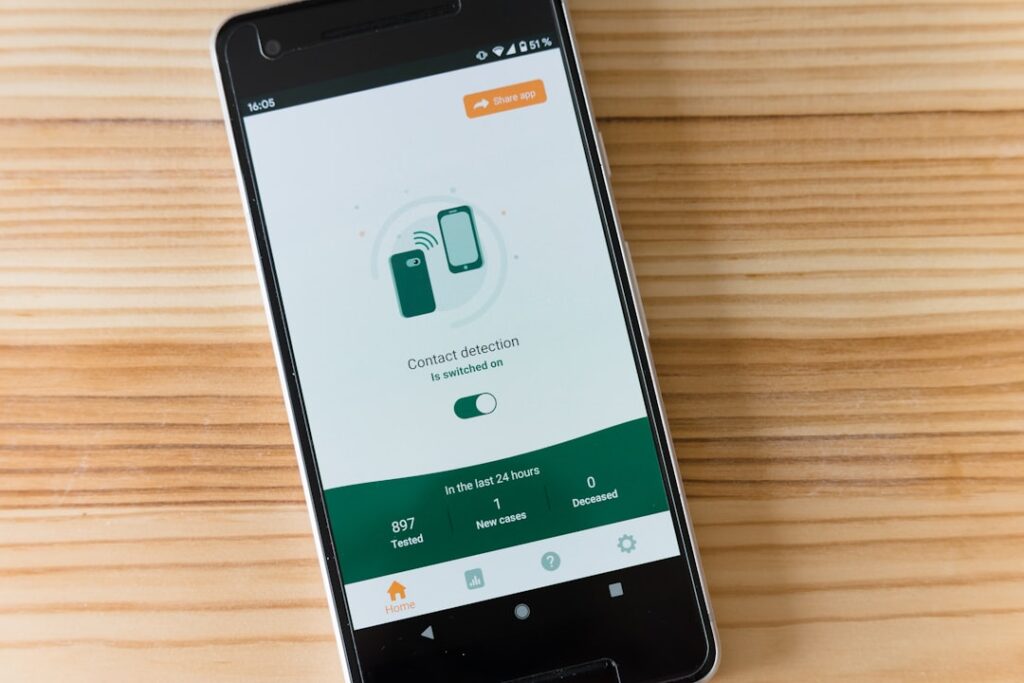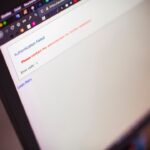In professional settings, improving productivity and efficiency requires streamlining workflow. An efficient approach is to conduct a thorough analysis of daily work processes in order to identify & remove tasks that are redundant or unnecessary. By identifying areas of time and resource waste, this analysis makes it possible to implement streamlined or automated solutions, freeing up time for more important tasks. A crucial tactic for optimizing workflow is to create effective and transparent channels of communication with supervisors and coworkers. This method lessens miscommunication, hold-ups, & needless back-and-forth exchange of messages.
Key Takeaways
- Streamlining Your Workflow
- Identify repetitive tasks and automate them to save time and effort.
- Use project management tools to streamline communication and task allocation.
- Organizing Your Workspace
- Keep your workspace clutter-free to minimize distractions and improve focus.
- Use storage solutions and labeling to keep everything organized and easily accessible.
- Prioritizing Tasks and Deadlines
- Use a prioritization system such as the Eisenhower Matrix to focus on important tasks.
- Set realistic deadlines and break down tasks into smaller, manageable steps.
- Utilizing Time Management Techniques
- Use the Pomodoro Technique to stay focused and maintain productivity.
- Schedule regular breaks to avoid burnout and maintain energy levels.
- Implementing Technology for Efficiency
- Use project management software to track progress and collaborate with team members.
- Utilize time tracking tools to analyze how time is being spent and identify areas for improvement.
- Communication and Collaboration Strategies
- Use communication tools such as Slack or Microsoft Teams to streamline communication and collaboration.
- Schedule regular check-ins and team meetings to ensure everyone is on the same page.
- Maintaining a Healthy Work-Life Balance
- Set boundaries and stick to a regular work schedule to avoid overworking.
- Make time for hobbies, exercise, and relaxation to recharge and avoid burnout.
Project management software, email templates, and frequent check-ins facilitate progress toward common goals and help to guarantee team member alignment. Assuring that teams & individuals have realistic and attainable goals helps them stay motivated & focused, which improves workflow efficiency overall. Sorting and Eliminating Extraneous Things. Organizing your workspace can involve clearing out any extraneous items or documents.
In order to foster efficiency and focus, this can help to create a tidy and orderly environment. Setting Up a File System. Establishing a filing system for materials & documents is another method to arrange your workspace.
This can help to guarantee that crucial information is readily available when required, cutting down on the amount of time spent looking for documents. Keeping Your Workspace Neat and Orderly. Also, maintaining a clean & organized workspace can contribute to the creation of a more welcoming and pleasant atmosphere, which can improve your mood and productivity in general. You can establish a more effective and fruitful work environment for yourself and your coworkers by taking the time to organize your workspace.
| Metrics | Data |
|---|---|
| Number of Employees | 25 |
| Office Square Footage | 10,000 sq ft |
| Number of Phone Lines | 10 |
| Number of Meetings per Week | 50 |
| Office Supplies Budget | 500 per month |
Setting priorities for tasks and due dates is crucial to efficiently managing your workload and making sure that critical tasks are finished on time. Utilizing a system like the Eisenhower Matrix, which groups tasks according to their significance and urgency, is one method of prioritizing tasks. This can assist you in determining which tasks can be assigned to someone else or put off. Setting explicit deadlines for each task and dividing more complex projects into smaller, more manageable ones are two more strategies for task prioritization.
This can keep you from becoming overwhelmed and guarantee that you are moving forward with finishing significant projects. In order to make sure that you are always concentrating on the most crucial tasks at hand, you should also periodically review your to-do list & revise the order of tasks as needed. You can manage your workload more effectively and lower your chance of missing deadlines by properly prioritizing tasks and deadlines.
In order to maximize output and efficiency at work, time management strategies are essential. The Pomodoro Technique is a useful time management strategy that has you working in concentrated bursts of time (usually 25 minutes) interspersed with quick breaks. By dividing work into manageable chunks and allowing for regular rest periods, this can help to improve focus & productivity. Using task management software or to-do lists to arrange and rank your obligations is another method of time management. You can better manage your time and make sure that crucial tasks are not missed by segmenting your workload into smaller assignments and establishing reasonable deadlines for completion.
Setting aside time specifically for particular jobs or kinds of work (like administrative or creative tasks) can also help to increase efficiency and focus. Processes can be streamlined, monotonous work can be automated, and workplace communication can be enhanced by using technology for efficiency. Project management software can be used to assign tasks, monitor progress, and work together with colleagues in order to implement technology for efficiency.
In doing so, the possibility of misunderstandings or lost data can be decreased by centralizing information and communications. Using automation tools for repetitive tasks like data entry, email responses, or scheduling is another way to use technology for efficiency. This can lessen the possibility of human error and help free up time for more crucial tasks. Further aiding in the improvement of communication & cooperation among dispersed or remote teams is the use of communication tools like video conferencing, instant messaging, and collaborative platforms.
You may automate tasks, cut down on manual labor, and enhance workplace communication by putting technology to use efficiently. Improving Communication Through Active Listening. Active listening, which entails paying close attention, comprehending what is being said, reacting appropriately, and retaining the information, is one productive communication tactic. In the end, this can result in more effective communication by lowering misconceptions and fostering better relationships with coworkers. Frequent Updates & Teamwork Instruments.
Having regular check-ins or team meetings to talk about progress, exchange ideas, and resolve any issues or obstacles is another successful collaboration tactic. By doing so, it may be possible to make sure that everyone is in agreement and pursuing shared objectives. Centralizing information and enhancing team member transparency can also be achieved by employing collaborative tools like project management software or shared documents. Increasing Output via Successful Teamwork.
You can enhance teamwork, lessen misunderstandings, and eventually boost productivity at work by putting effective communication and collaboration strategies into practice. Preventing burnout, lowering stress levels, and eventually enhancing general well-being all depend on maintaining a healthy work-life balance. Clearly defining the boundaries between work and personal time is one strategy to preserve a healthy work-life balance. This may entail setting aside specific times for work and resisting the need to check emails or work on projects after these times.
A healthy work-life balance can also be achieved by giving self-care pursuits like exercise, hobbies, and quality time with loved ones top priority. Frequent breaks during the workday can also help to reduce burnout and enhance concentration when going back to tasks. Setting reasonable goals for yourself & being honest with your coworkers about deadlines and workload can also help you feel less stressed & avoid feeling overburdened. You can enhance general wellbeing, lessen stress, and eventually become more productive in both your personal & professional life by upholding a healthy work-life balance.
FAQs
What is the EDD Van Nuys office phone number?
The EDD Van Nuys office phone number is (818) 901-5759.
What services can I access by calling the EDD Van Nuys office phone number?
By calling the EDD Van Nuys office phone number, you can access services related to unemployment insurance, disability insurance, and paid family leave.
What are the operating hours for the EDD Van Nuys office phone number?
The EDD Van Nuys office phone number operates Monday through Friday from 8:00 AM to 5:00 PM, Pacific Time.
Is the EDD Van Nuys office phone number toll-free?
No, the EDD Van Nuys office phone number is not toll-free. Standard calling rates may apply.
Can I visit the EDD Van Nuys office in person?
Yes, the EDD Van Nuys office is open for in-person visits. However, it is recommended to call ahead or check the official website for any updates on office hours and services due to the COVID-19 pandemic.



